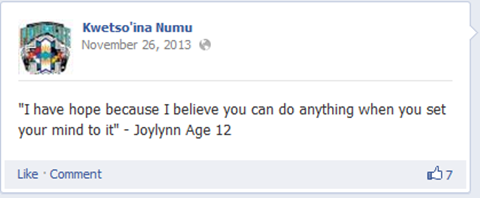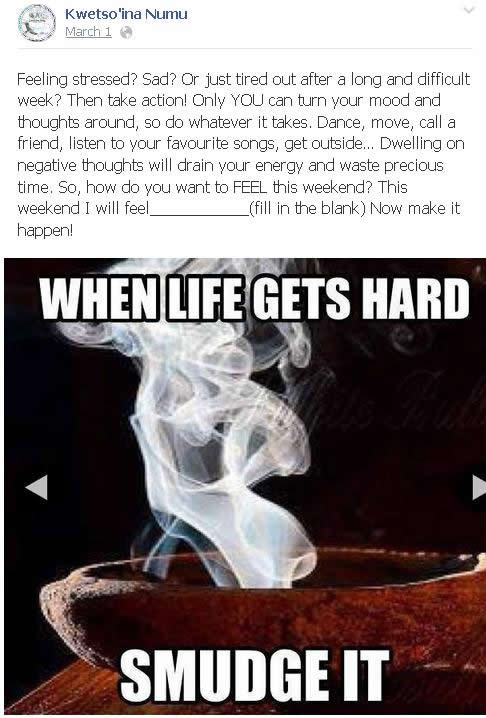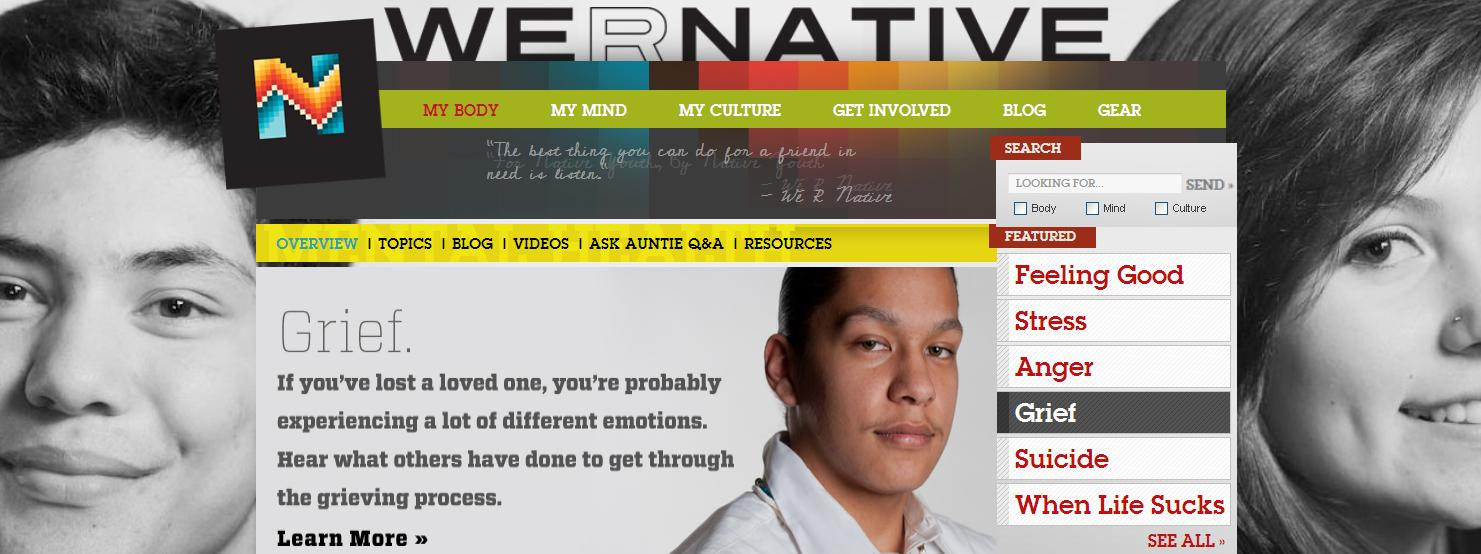Facebook page focused on messages of future, hope, and life community is one component of the Pyramid Lake Paiute Tribe’s multi-faceted youth suicide prevention project.
This is the official Facebook page for the Pyramid Lake Garrett Lee Smith Youth Suicide Prevention Project: “Kwetso’ina Numu” (People of Life) that is focused on promoting engagement and bringing messages of future, hope, and life to the community.
This Facebook page is aligned with the goals of the overall project, which promotes culturally congruent actions and activities that reinforce reasons for living and facilitate connectedness and coping. It serves as one component of a broader program for change that includes other project activities such as community events, trainings, a digital storytelling project, an “I Am LIFE” media campaign, and other efforts. The Facebook page (and also a YouTube channel) serves as a means to connect community members with the local activities and events, to reinforce positive and affirming messages that promote coping and community connection, and to highlight available resources such as the National Suicide Prevention Lifeline. The project chose social media channels that their audience already uses to increase the likelihood of participation.
The posts on this page don’t normalize suicide in the community, portray it as heroic or honorable, or provide unsafe details about individual suicide deaths.
Both the project as a whole and its Facebook page focus on positive themes such as living life well, connecting with others, and coping with challenges. For example, one series of posts encourages the audience to participate in creating a media campaign by completing phrases “I look forward to the future because…”, “Life is sacred because…“, “I have hope because…”, and “I am alive because…” While many of the posts don’t address suicide specifically, those that do have inspiring messages like “don’t give up” and include prevention resources such as the Lifeline number.
Guide to Choosing and Adapting Culturally and Linguistically Competent Health Promotion Materials
Also see resources in the Guidelines category Youth.
Visit the Facebook page and YouTube channel, which includes numerous digital stories.



